Growing up as a Millenial my first experience with photography was of the digital kind. Buying a Nikon D50 with kit lens from the local photography store, I took pictures of my family, our garden and occasional recitals. During college I took a photography class where I was taught the basics – still only digital – on my Nikon D300. After college I started working in advertisement and IT. As a gift for myself after a promotion I bought a Leica M8 with a Carl Zeiss Biogon 35mm f/2.8. Maybe I shouldn’t have sold this one, with the current interest in early digital camera’s… After a brief stint with a Sony A7III with a Sigma 24mm f/1.4 I closed the digital chapter in 2022.
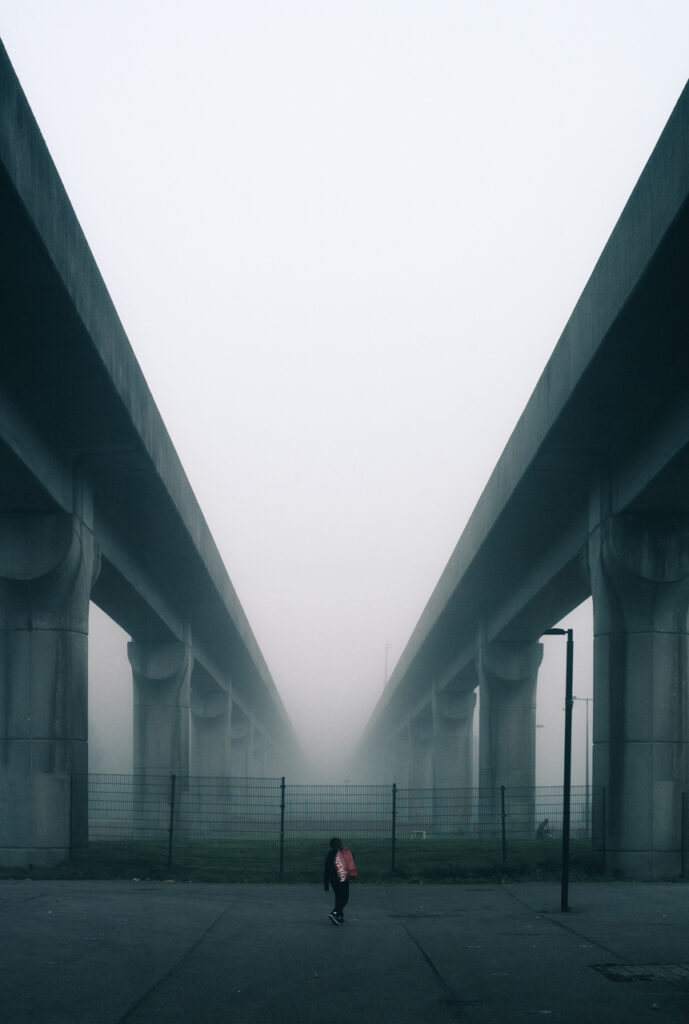
Why I made the switch
But you might wonder, how did I end up developing film at home, after 15 years of digital photography?
First of all, I bought the Leica M8 because it was as close as I could get to an M6, without splurging a big amount of money. This way I was still acquiring the experience of a rangefinder film camera. I also did not want to take the leap into film photography just yet, because it felt complicated. But I knew what I liked about film: the more physical experience.
Secondly, as a Millenial I’m naturally attracted to the nineties nostalgia vibe, because it reminds me of my childhood pictures. Trying to emulate that digitally felt wrong after a while, so I yearned for the real deal.
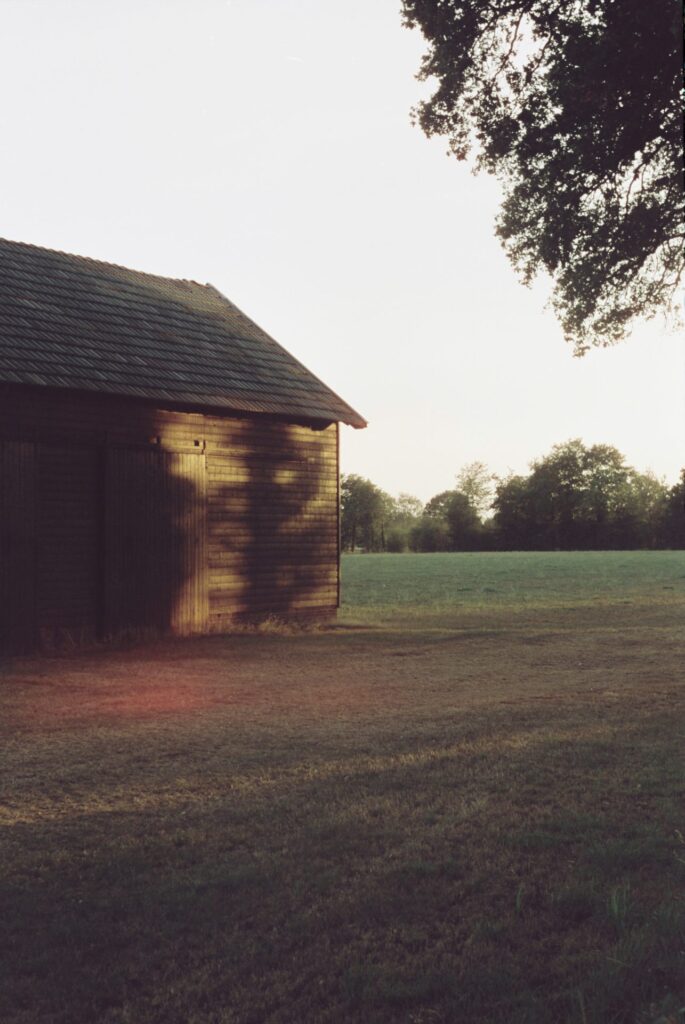
After I sold my last digital camera, I started looking into film and film cameras. I started out with a silver Canon AE-1 and a Helios 44-2 KMZ. The simple layout and options (or lack thereof) of the AE-1 appealed to me, just starting out. The Helios seemed like a vintage staple of the film-era lenses out there. I found out it’s just a lens with a cult following. The swirly bokeh is hard to consistently produce in pictures (especially without a display to preview your pictures) and its lack of contrast disappointed me after a while.
When the light seams of the AE-1 turned out to be leaking, it had to go. I tried to repair it myself, but failed miserably; a story for another time. Right now I shoot with a Canon F1 and a Panagor 35mm f/2, which I love!
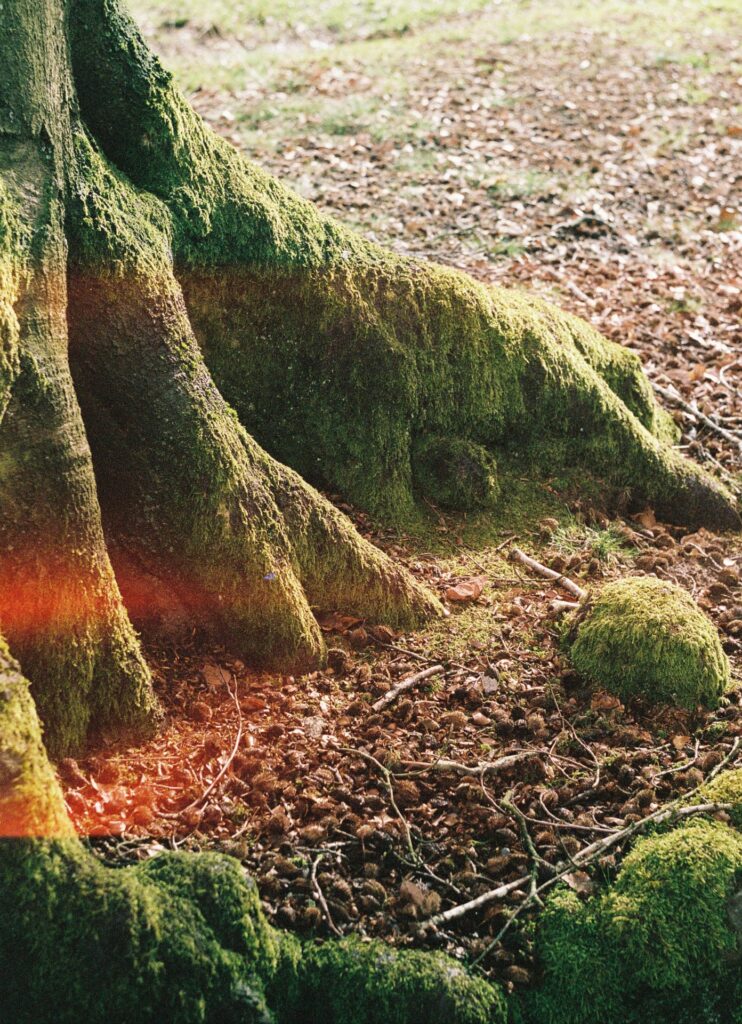
Kit
So, after all this camera talk, let me describe my development kit and the chemicals I used. I bought a Jobo 1540 set, which consists of a modular development tank suitable for 1 up to 4 rolls of 35mm film. It can also hold 120 film, but that’s not in my arsenal just yet. Also included where rails for rotary agitation, which sent me down a rabbit hole of development processors like the Filmomat Light. But I was trying to keep it simple starting out, I had to remind myself.
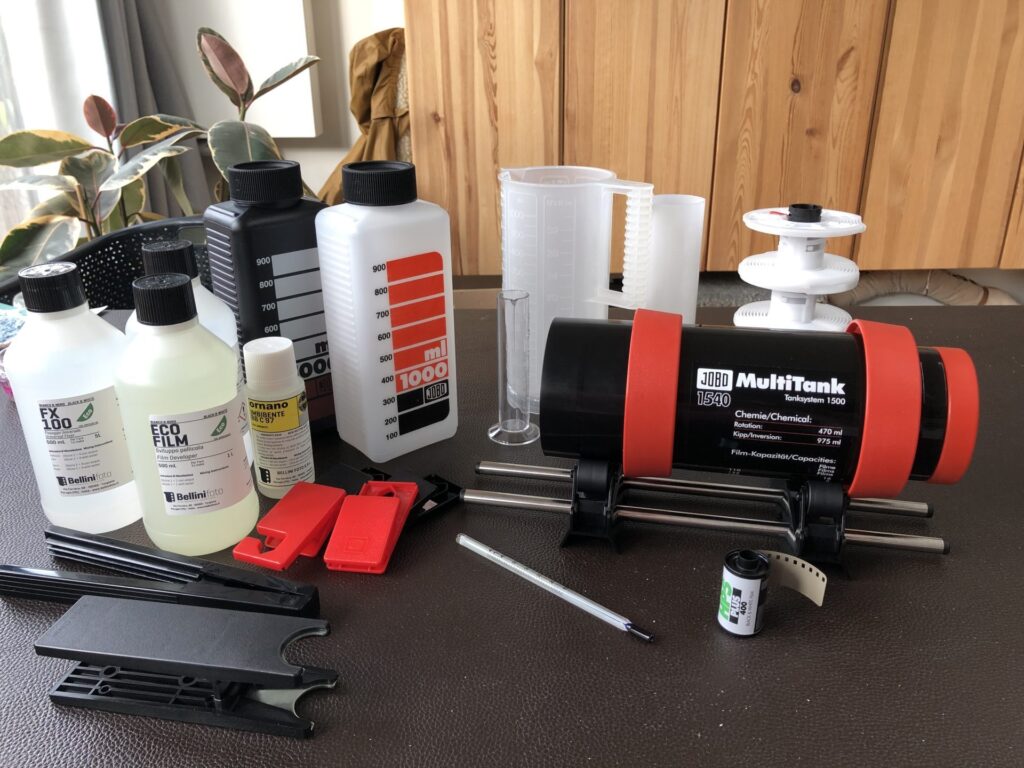
As a developer I bought a Bellini Eco set consisting of an ecological Kodak XTOL, stop bath and universal fixer. If I spilled something (down the sink or on my hands) this set seemed like a friendly choice, being used in school darkrooms and the like.
Developing
The first roll of film (Ilford HP5+ shot at box speed) I developed failed. It wasn’t blank or totally ruined (thankfully), but I developed it longer than necessary. I was very disappointed, but as a first try it wasn’t too bad.
It turned out I hadn’t closed my developing tank fully when I started the rotating agitation method I settled on. This caused most of the developer to run out while rotating. When I wanted to dump the contents of the tank after the development time had run out, it was almost empty. After panicking for a short while, I figured starting a new development cycle (like nothing had just happened) would be the best course of action. For the rest of the process I used a standard inversion method, and finally rinsed with the Ilford method.
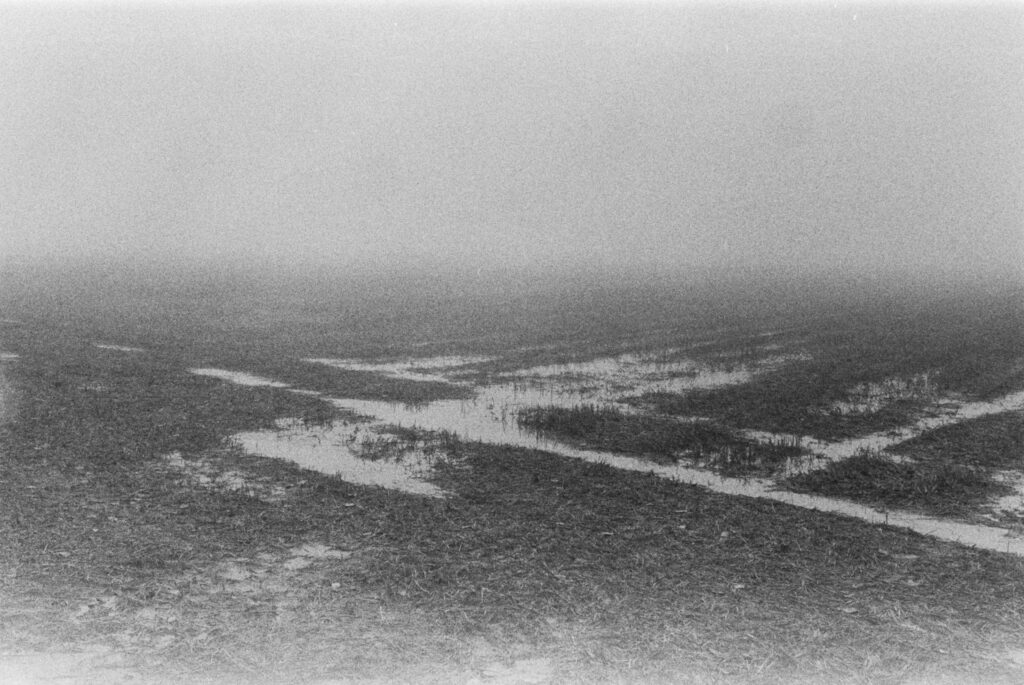
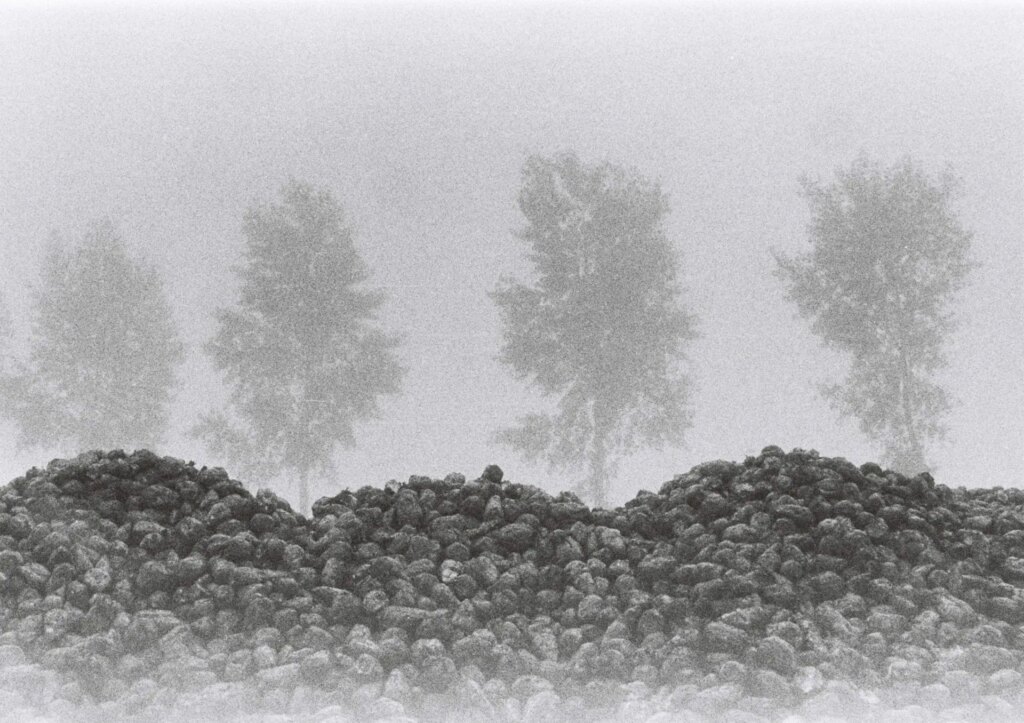
Final thoughts
Being disappointed with some part of the process of shooting film is not new for me. Getting back a roll only to find the results underwhelming, taking shots without having adjusted the shutter speed or aperture settings, you name it. I know it’s all part of the game, getting familiar with a medium and a camera. But it’s not fun (for me at least, I know some people are just fine with this).
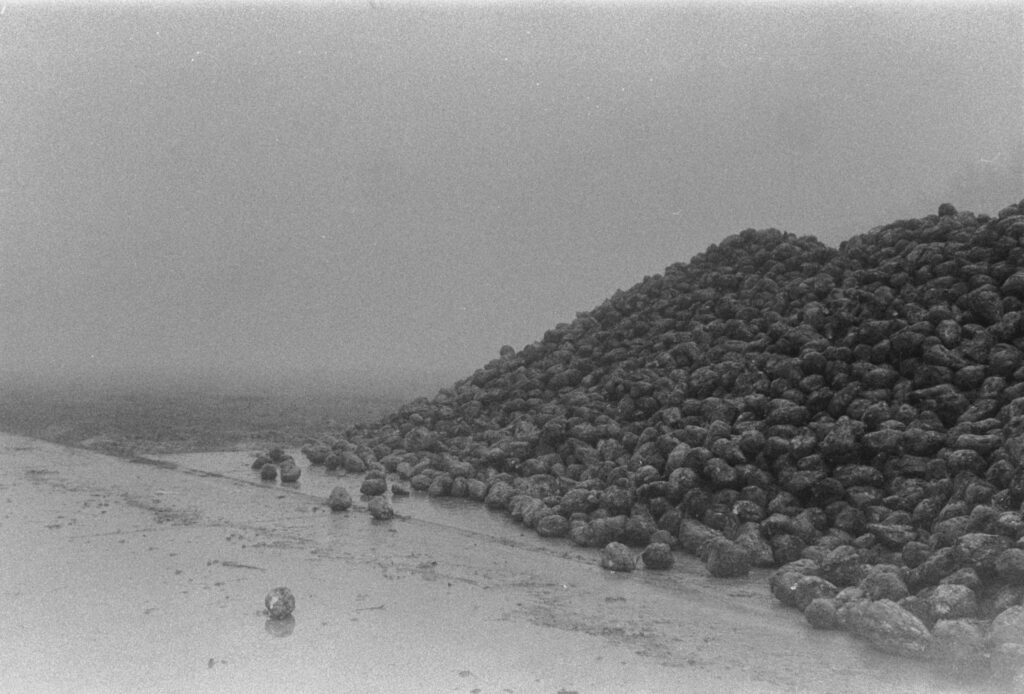
And yet… I still really enjoy taking pictures on film. With an old, mechanical camera. Stuck with one ISO value for an entire roll. Choosing a type of film to load, only to find out halfway through the roll it’s absolutely not suited for your current situation. Still shooting it, and being really surprised at how well it did turn. Because an actual emulation is a lot more forgiving en versatile than one might think. Because it has character.
And that’s why I’m in for the long run.

Harm is an analogue photographer and a furniture maker. As such he works slowly and meticulously, creating one project at a time. You can view his work here: www.harmvanegmond.nl
Share this post:
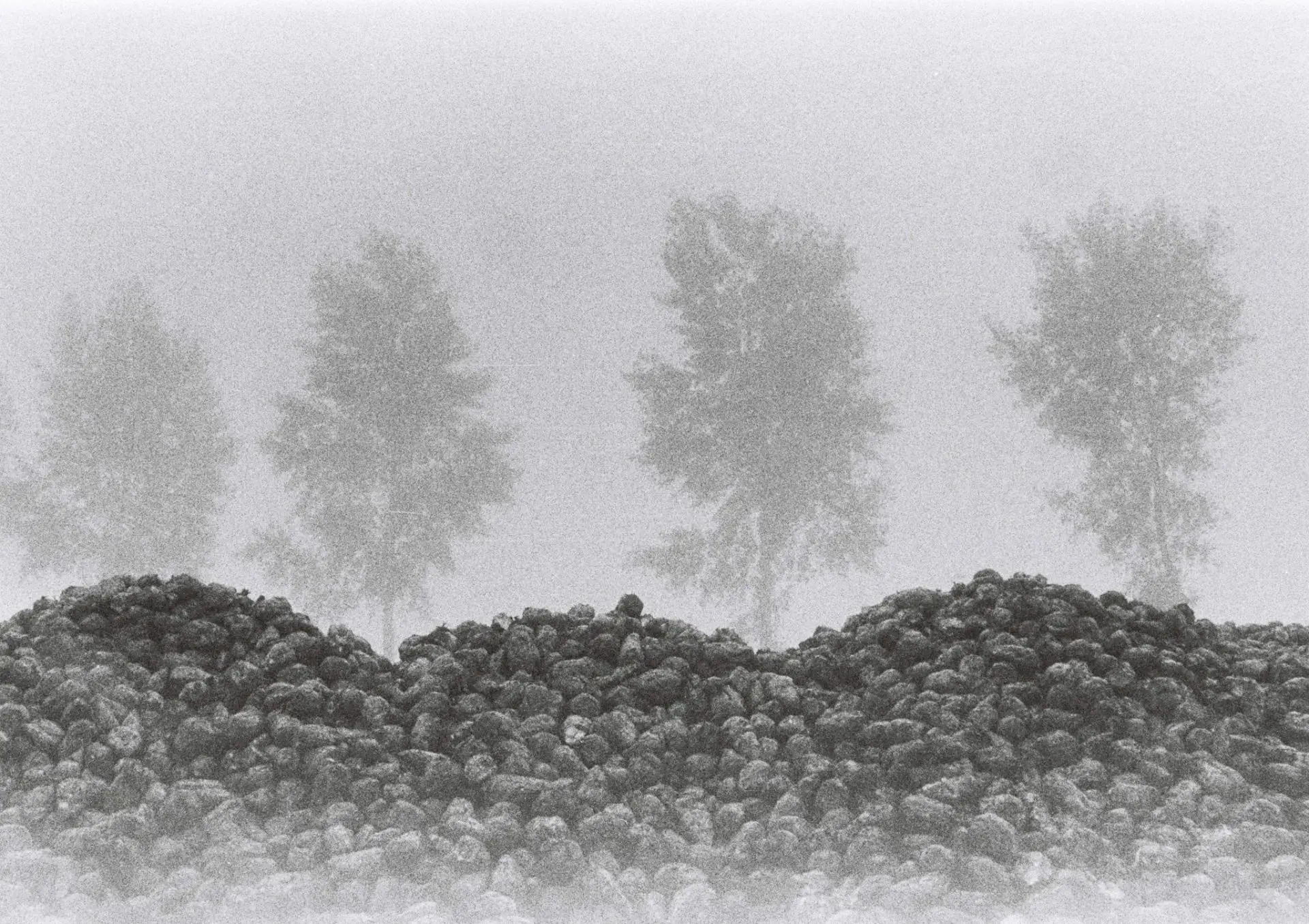
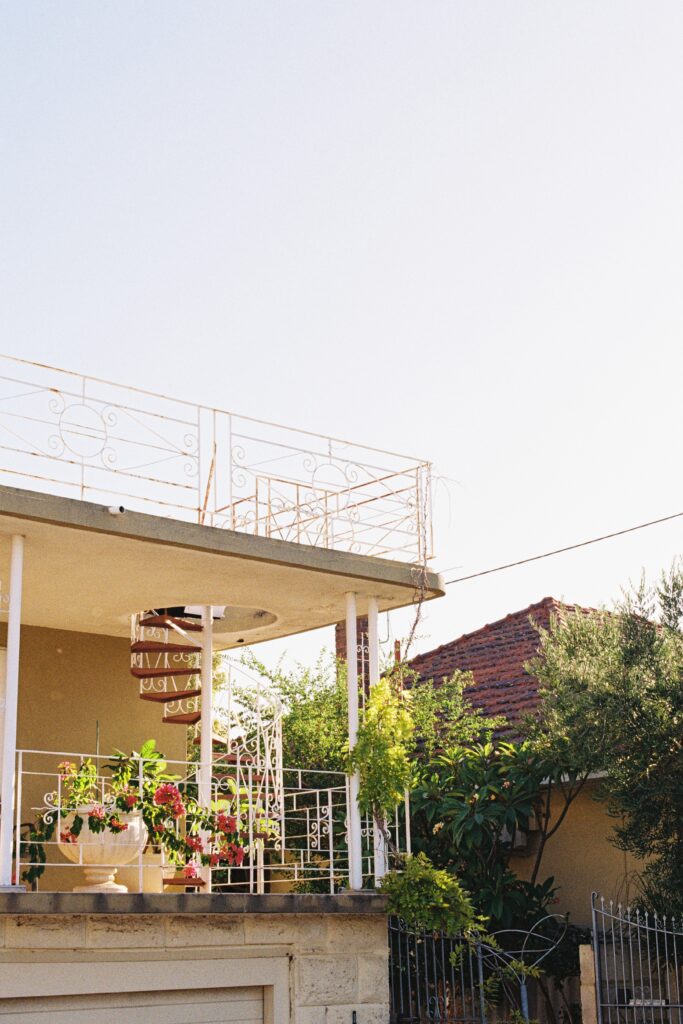
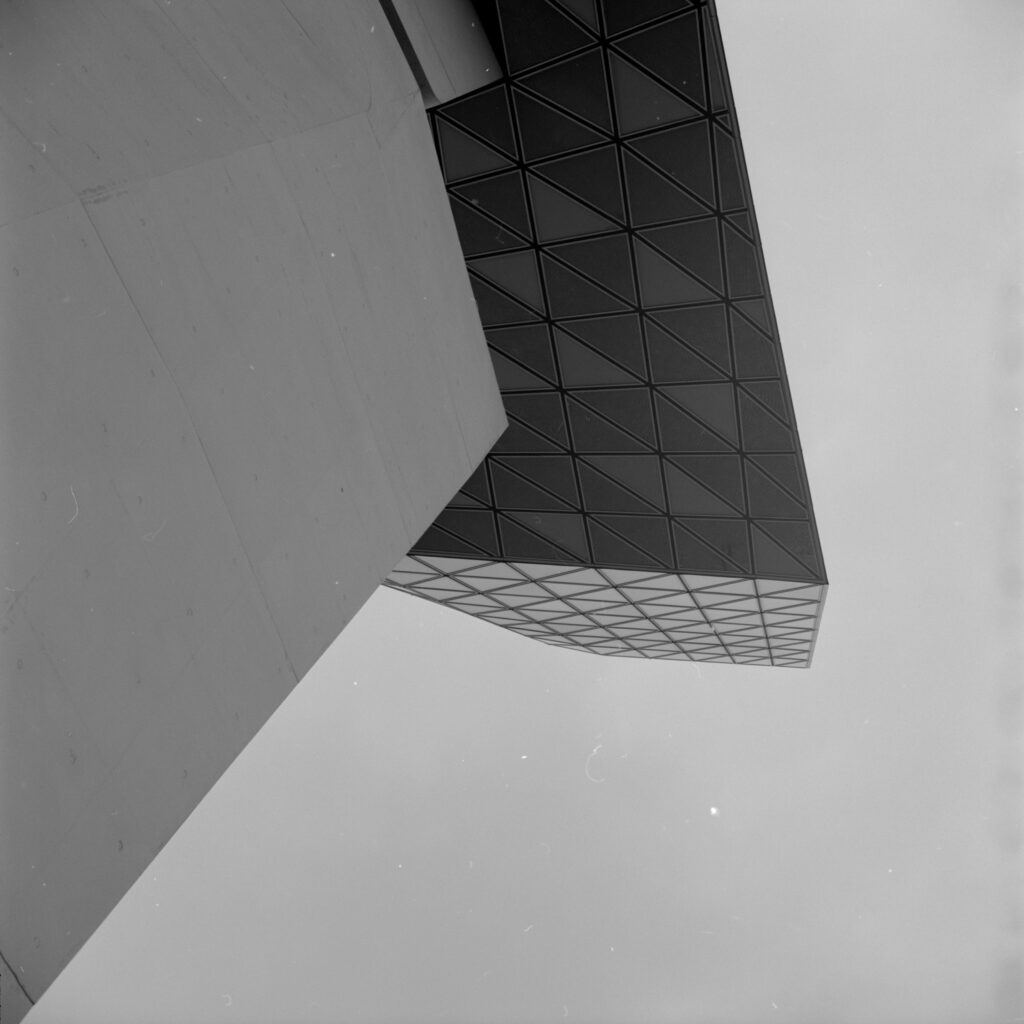
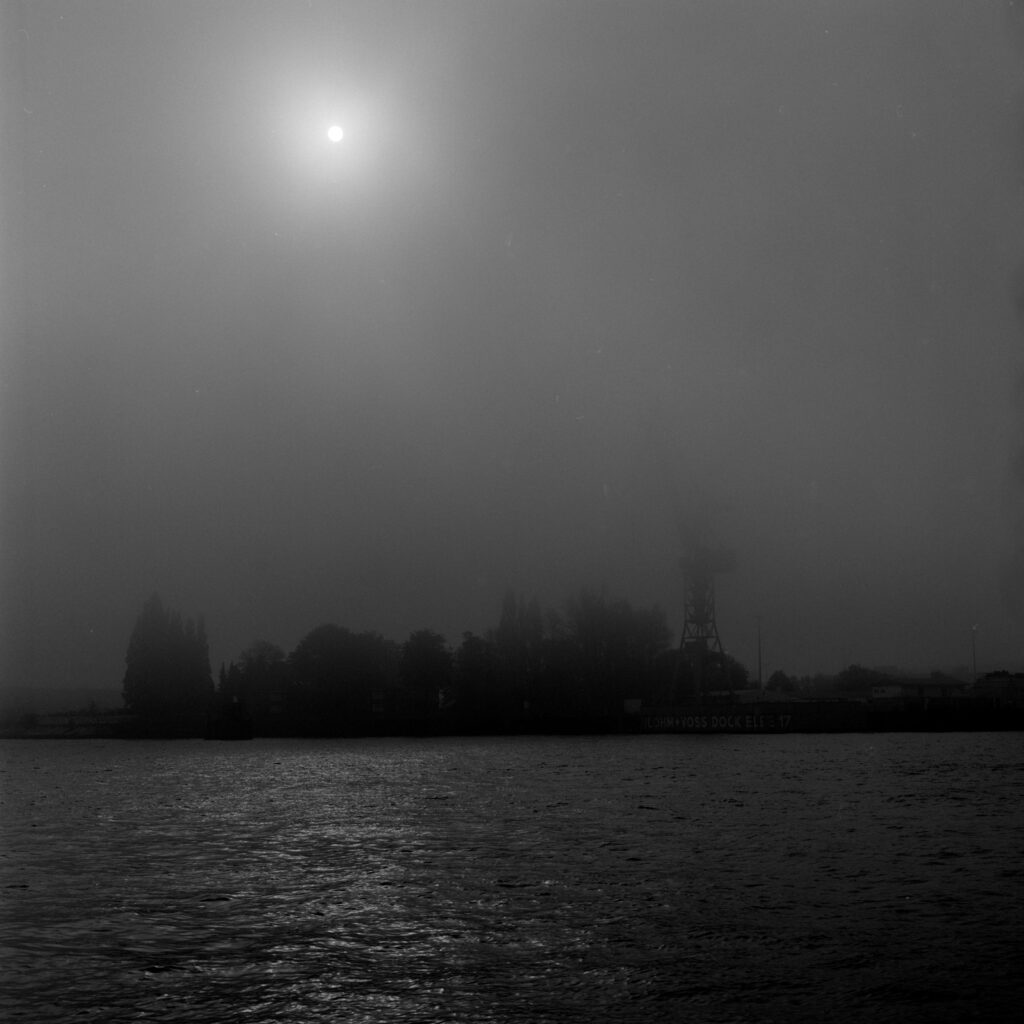
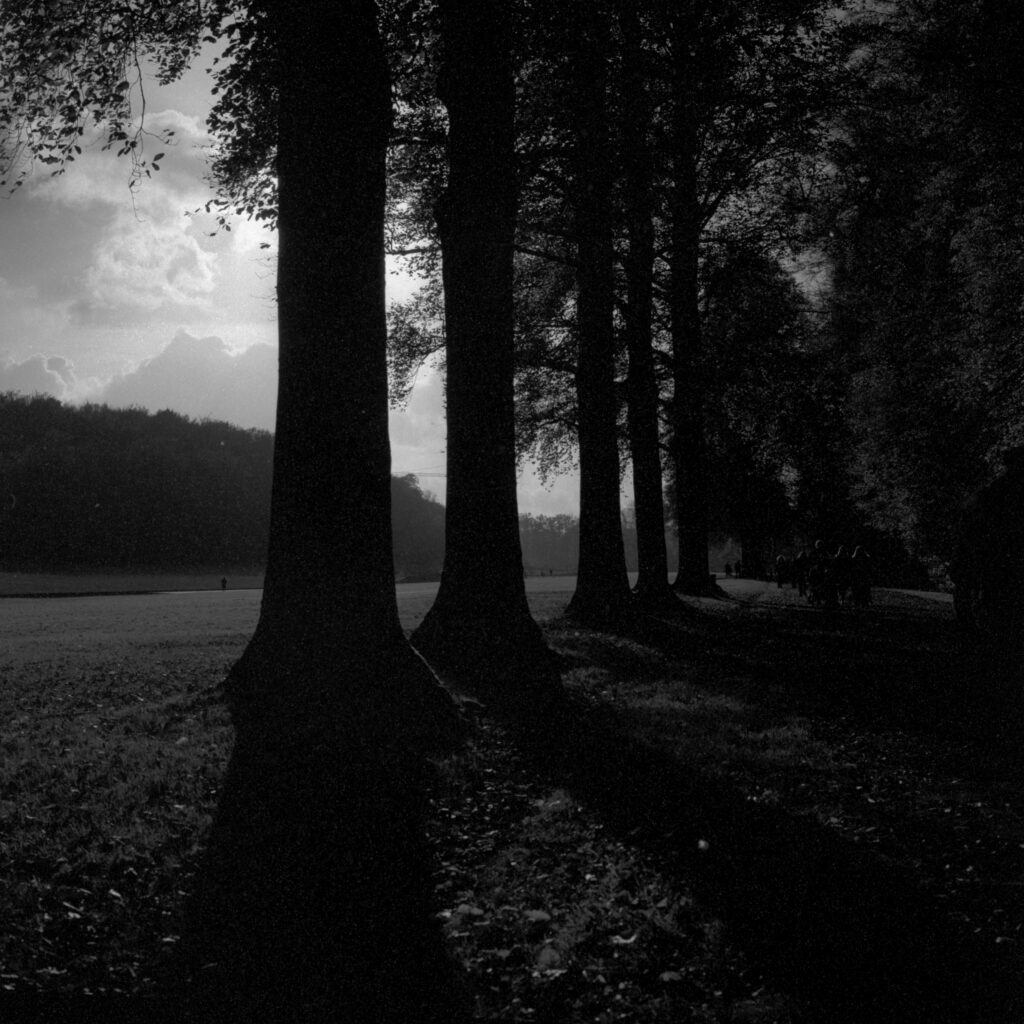




Comments
Geoff Chaplin on Developing film at home for the first time
Comment posted: 14/12/2023
I have a mental block when people say manual film cameras are difficult. Pick one film and stick with it. Then there's only three things to do - shutter speed, aperture and focus. Learn sunny 16 and then you're there. Having said that we all make mistakes!
Keep posting!
Comment posted: 14/12/2023
David Weiss on Developing film at home for the first time
Comment posted: 14/12/2023
Comment posted: 14/12/2023
Paul on Developing film at home for the first time
Comment posted: 14/12/2023
Michael J on Developing film at home for the first time
Comment posted: 14/12/2023
Home-made photos and home-processing are wonderful- it seems to be quite rare that anything is so awful that there isn't something of beauty (assuming photos themselves aren't terribly boring, but on the evidence above this isn't a concern of yours) that comes out of the tank.
It is reasonable to say that one would rather spend one's effort making a really beautiful print or scan from a decent negative than making a decent image from a rotten negative, but sometimes that's where skills are best used, and the heart is oftern better than the head when choosing which interesting but challenging image to dive in after...
Good luck!
Comment posted: 14/12/2023
John F. on Developing film at home for the first time
Comment posted: 15/12/2023
I did that in part because I'm in a country where STP isn't easily achievable and I was curious how it would work at a higher temperature, since it seems to be a process that isn't too sensitive to time after about an hour, and it seems like it isn't super temperature sensitive either.
The pictures you showed came out great!
Comment posted: 15/12/2023
Erik Brammer on Developing film at home for the first time
Comment posted: 15/12/2023
Brad Newman on Developing film at home for the first time
Comment posted: 17/12/2023